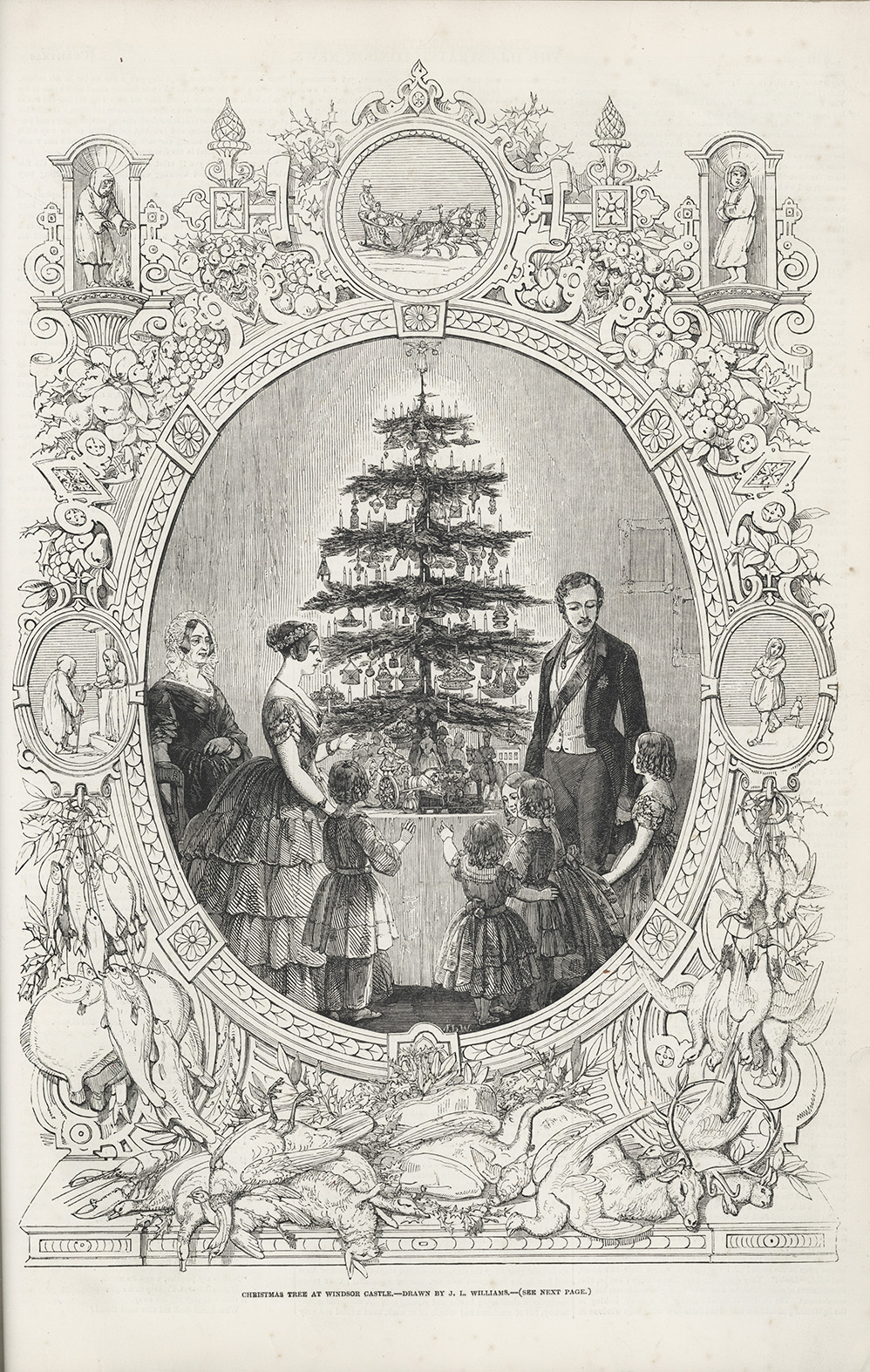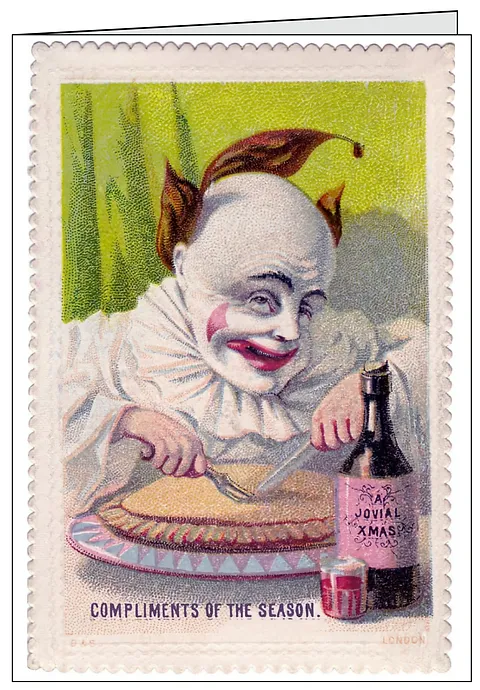The Victorian Influence on Christmas
How the 19th Century Shaped Our Modern Holiday
The 19th century was a transformative time for Christmas. The industrial revolution, urbanization, and cultural shifts brought about by the Victorian era reshaped the holiday into what we recognise today. From Charles Dickens’s storytelling to the rise of iconic traditions like Christmas trees and Santa Claus, the Victorians played a pivotal role in defining the festive season.
This episode is based on Chapter 4 of Episode 9 of the Marketing Made Clear Podcast: “Marketing Christmas“. You can listen to this Chapter from 30:52 of the episode below.
The Marketing Made Clear Podcast
This article features content from the Marketing Made Clear podcast. You can listen along to this episode on Spotify:
The Dickens Effect: Shaping the Spirit of Christmas
When discussing the Victorian influence on Christmas, one name stands above the rest: Charles Dickens. His novella A Christmas Carol (1843) redefined the holiday by emphasising generosity, goodwill, and family togetherness.
The Power of A Christmas Carol
The story of Ebenezer Scrooge’s transformation from a miser to a man filled with Christmas spirit resonated with readers and established themes that continue to define the holiday. The focus on kindness, redemption, and the importance of family gatherings solidified Christmas as a time for personal and communal reflection.
This cultural milestone didn’t just stay in the realm of literature. Adaptations like The Muppets Christmas Carol have kept Dickens’s message alive, blending nostalgia and timeless themes for generations.
Santa Claus and Father Christmas: A Fusion of Traditions
The 19th century also saw the emergence of Santa Claus as a central figure in Christmas celebrations, blending global influences into the familiar red-suited, sleigh-riding character we know today.
From Sinterklaas to Santa Claus
- Washington Irving’s A History of New York (1809): Popularised the name “Santa Claus,” presenting him as a jolly, pipe-smoking figure.
- Clement Clarke Moore’s ’Twas the Night Before Christmas (1823): Reimagined Santa as a magical figure delivering toys from a sleigh pulled by reindeer.
These depictions combined Dutch Sinterklaas with the Norse Julenisse, a gnome-like figure who delivered gifts and loved porridge, creating a unique blend of mythologies.
The Evolution of Father Christmas
In Victorian England, Father Christmas, a figure with pagan roots, began to merge with the American Santa Claus.
- Father Christmas represented festive cheer and revelry, while Santa Claus brought the idea of a gift-bringer.
- By the late 19th century, the two figures became interchangeable in the UK, though Father Christmas retained a more traditional, local identity.

Victorian Innovations in Christmas Traditions
The Victorian era introduced or revived many traditions that are now staples of the holiday season.
The Christmas Tree
The Christmas tree, a custom rooted in Germany, gained popularity in Britain thanks to Queen Victoria and Prince Albert. When an illustration of the royal family gathered around their decorated tree appeared in the 1848 Illustrated London News, it inspired households across Britain and North America to adopt the tradition.
Christmas Cards
The first commercial Christmas card was commissioned in 1843 by Sir Henry Cole in England. These cards allowed people to exchange holiday greetings, and the practice quickly caught on.
- Early Victorian cards often featured macabre or whimsical imagery, such as battling frogs or creepy clowns, reflecting the era’s darker sense of humour.
Artificial Christmas Trees
To combat deforestation, Germany introduced the first artificial Christmas trees in the 19th century. Made from dyed goose feathers wrapped around wire, these innovative trees were an early example of sustainable holiday practices.


Reviving Old Customs: Carolling and Feasting
Victorians revived the medieval tradition of carolling, transforming it into a quintessential Christmas activity. Groups would visit homes, singing festive songs in exchange for warm drinks or small treats, a practice that celebrated community and goodwill.
Feasting remained central to Christmas, but the Victorians redefined it with an emphasis on family gatherings rather than public revelry. This shift aligned with the era’s growing focus on domestic life.
The Importance of the Victorian Era
Before the 19th century, Christmas was largely a public celebration of feasting and merrymaking. The Victorians reshaped it into a family-centric holiday that emphasised togetherness, giving, and reflection.
Key Contributions of the Victorian Era
- Cultural Narratives: Dickens’s A Christmas Carol established enduring themes of generosity and goodwill.
- Iconic Figures: The merging of Santa Claus and Father Christmas created a universal symbol of holiday cheer.
- Traditions: Christmas trees, cards, and carolling became integral parts of the holiday.
- Commercialisation: The mass production of cards and decorations began during this period, laying the foundation for the modern Christmas economy.
Conclusion: A Legacy That Endures
The Victorian era’s influence on Christmas is impossible to overstate. From the humble goose feather tree to the enduring message of A Christmas Carol, the traditions and values established in the 19th century continue to shape how we celebrate today.
So, as you gather around your Christmas tree, exchange cards, or watch The Muppets Christmas Carol, take a moment to appreciate the rich history behind these customs. The Victorians didn’t just redefine Christmas—they gave us a holiday filled with meaning, nostalgia, and joy.


